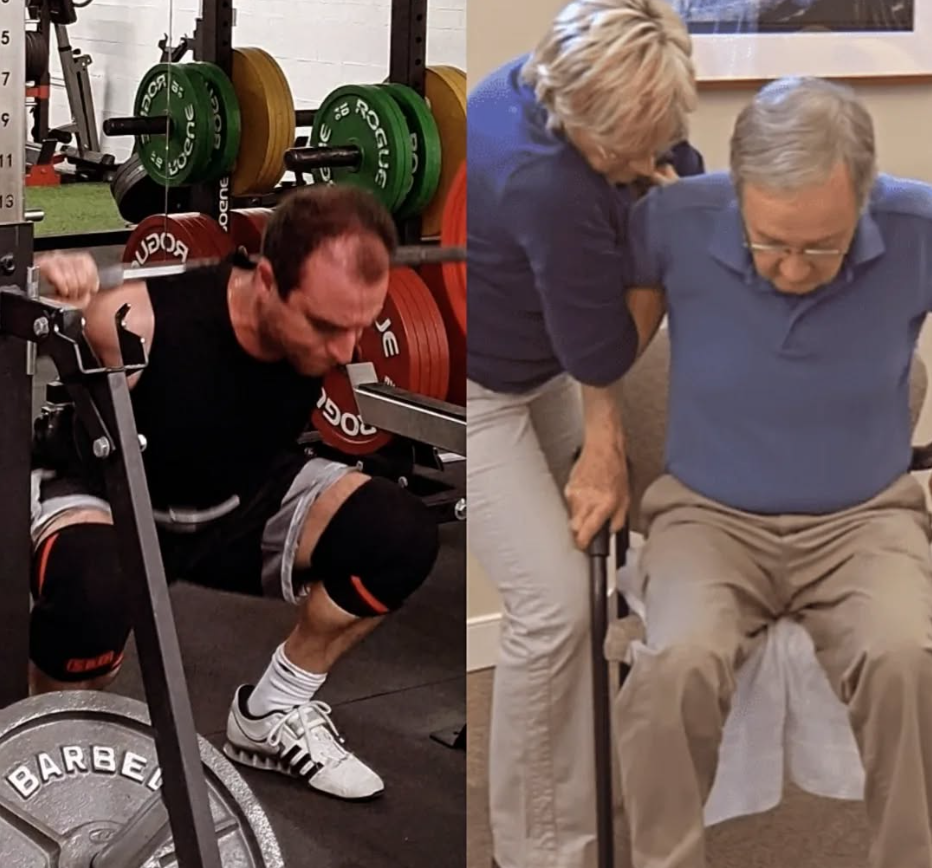How long do injuries take to heal?
- Stephen Strumos

- Apr 21
- 2 min read
Updated: Apr 22
The first question I get when consulting about pain and injury is, “How long will it take before I’m back to normal?” I hope you can appreciate how loaded of a question this is, because it not only relies on what type of injury we’re talking about, but also on how consistently someone follows the right rehab protocol. To keep it simple, we’ll differentiate between muscular injuries (strains), ligament and bone injuries (sprains), and nerve-related injuries. Muscular strains are the simplest and often quickest to heal. They are graded one through three based on severity. Grade I strains usually heal within a few weeks. Grade II strains (which are more severe) can take anywhere from a few weeks to a few months. Grade III strains are complete tears of a muscle and can take anywhere from 4-6 months or longer to heal. Bone related injuries can vary wildly depending on the type and location of the fracture but it takes generally 6-8 weeks to heal. Ligament injuries are also defined by Grade I through III severity levels and can take anywhere from a few weeks to several months, similarly to muscles. (*Remember ligaments connect bones together. With a common sprain being of the ankle; which is an injury to the ligaments of the foot.) Nerve injuries are often divided into mild, moderate, and severe levels. Mild nerve damage (which is often an overstretching similar to a muscle strain), can heal within days or weeks. Moderate nerve damage (nerve compression) can take weeks to months to return to normal. Severe nerve injuries (a complete nerve cut) can take months or even years to fully heal. Nerves grow at a rate of about one inch per month, but they do grow and regenerate contrary to popular belief. The inspiration for this post came from a client's question regarding nerve damage. She’s dealing with lower back pain, sciatica, and peripheral nerve damage down one leg and into her foot. When we’re talking about a nerve as large as the sciatic, anything along it’s path can be affected and in this case it’s largely her foot, causing her to limp along with lacking strength. Her biggest concern was that she would never regain function because the damage was so severe. While nerves do often take the longest to recover, the body can grow and repair our nervous system. The best thing we can do to help this process along is to keep moving which is in large part what I’m having her do. Your success with your recovery largely depends on your own behaviours but if you do the right things, you can often improve and speed up your recovery times. More movement means more blood flow and resources to the area along with building strength and neural pathways to the affected muscles and joints. As is always the case, movement is medicine. |
To your good health, Coach Stephen P.S. Whenever you’re ready, here are a few additional ways that I may be able to help you. Free: Instagram: @CoachStrumos *I share tons of bite-sized lessons and tips here Paid: 1-on-1 Pain Management and Strength Coaching: Apply here |
.png)



Comments